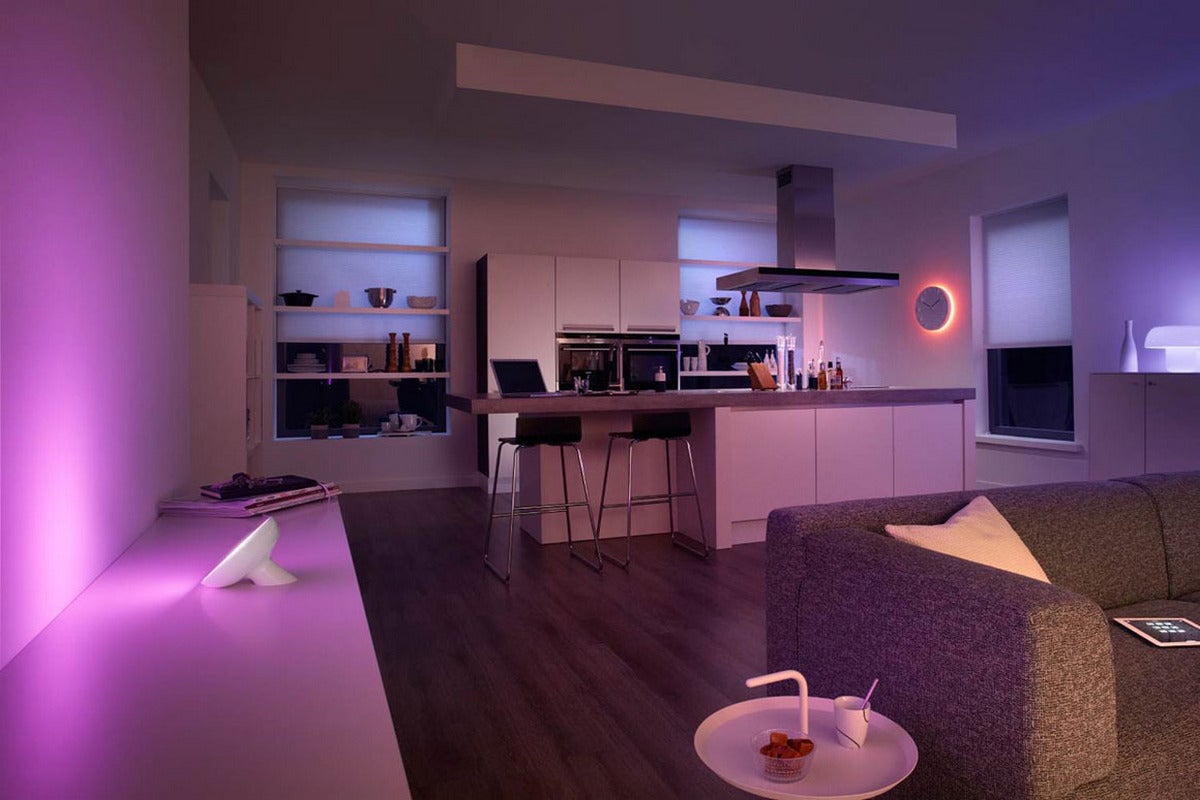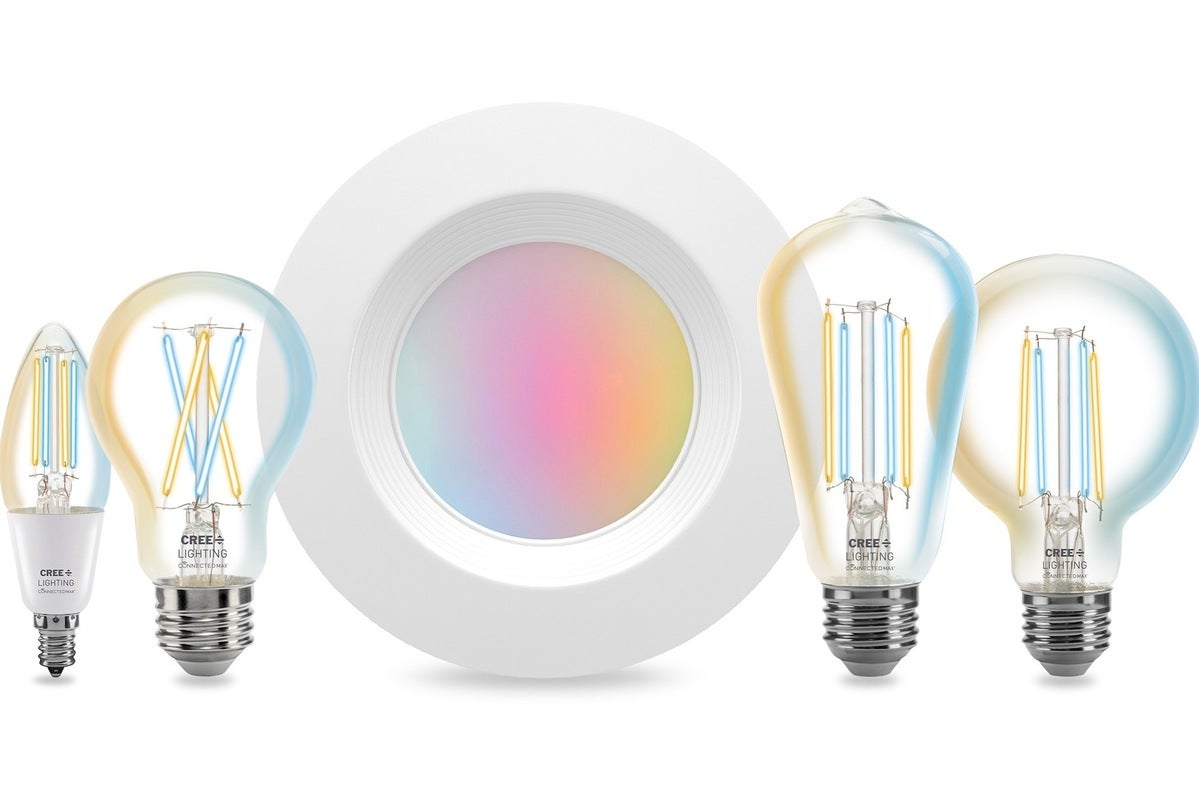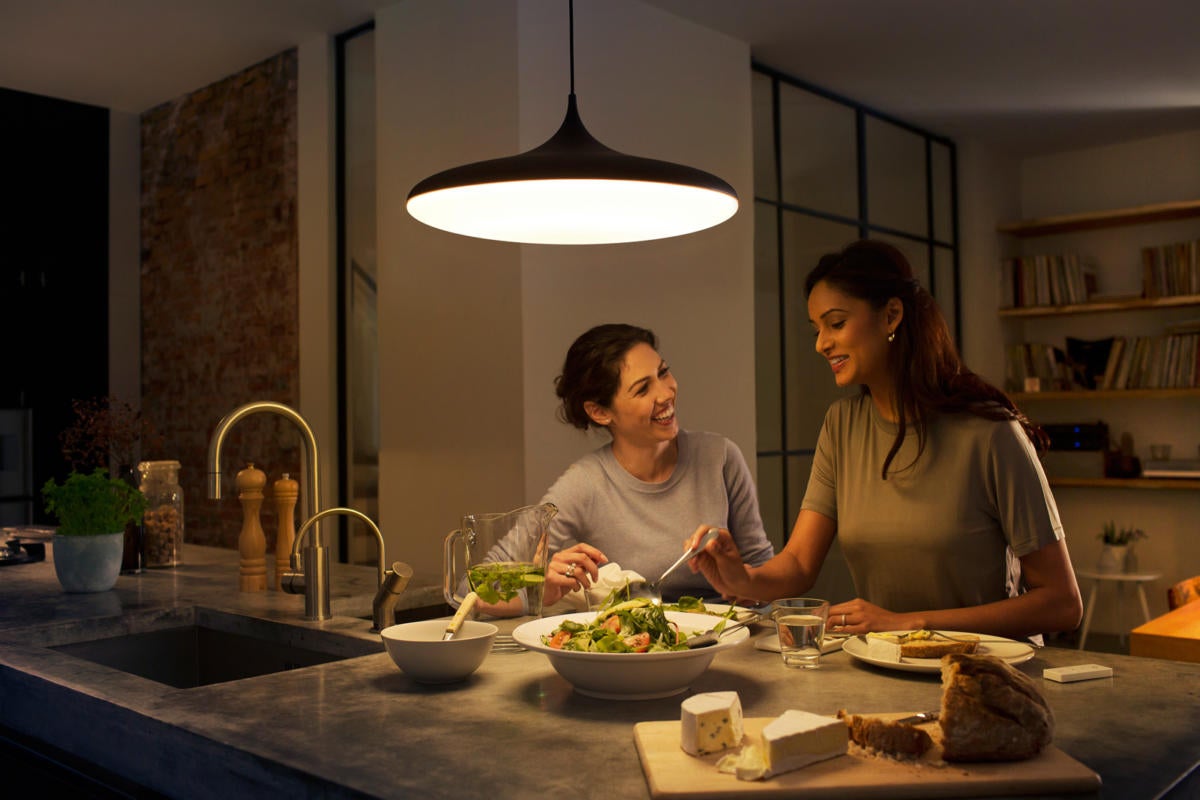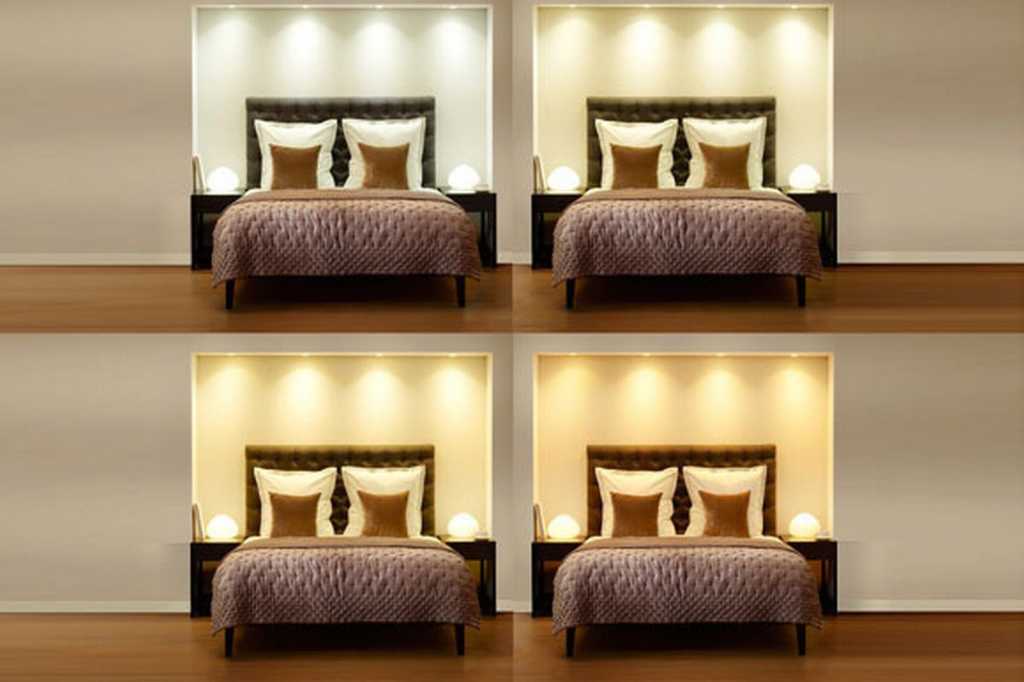Light isn’t just light. The stark glow of office fluorescents differs dramatically from the warm ambiance of a chandelier or the soft light of a bedside lamp. This is due to variations in color temperature. While early energy-saving efforts pushed less efficient fluorescent bulbs, their poor light quality left many dissatisfied. The lighting industry has since evolved, offering superior alternatives. This article explores how to use color temperature to create the perfect lighting environment in your home.
Understanding Color Temperature
Color temperature is a key factor in lighting design. Imagine a black metal object, like a lightbulb filament, being heated. As it heats, it glows, transitioning from red to yellow, then white, and finally blue as the temperature rises.
This color shift is measured in Kelvin (K). Lower temperatures (around 1800K) correspond to the warm, reddish light of a candle. Higher temperatures (15,000K and above) match the cool blue of a clear sky.
 color temperature 3 100569477 origConsider combining variable color temperature white lighting with full-color lighting for dramatic effects.
color temperature 3 100569477 origConsider combining variable color temperature white lighting with full-color lighting for dramatic effects.
Common terms like “warm white” (around 2700K) and “cool white” (around 3500K) describe these color variations. Warm white mimics the cozy glow of traditional incandescent bulbs, while cool white, often found in offices, is considered better for reading and detail-oriented tasks. It’s important to note that these are averages, and actual color temperatures can vary.
While “cool” light has a higher Kelvin rating, the terms “warm” and “cool” refer to the perceived aesthetic, not the actual temperature. Similarly, the sun’s color temperature is approximately 5600K, but its internal temperature is vastly higher.
The Impact of Color Temperature
Color temperature significantly affects a room’s appearance. A white wall might appear green under 4000K lighting and yellow under 2500K lighting. This is why lighting choices should precede paint and furniture selection.
 color temperature 5 100569481 orig“Cool” light is ideal for task lighting.
color temperature 5 100569481 orig“Cool” light is ideal for task lighting.
Beyond aesthetics, color temperature influences our daily routines. Daylight-mimicking bulbs (5000K-6500K) are gaining popularity, particularly in bedrooms and bathrooms. They promote alertness in the morning and enhance contrast for reading.
Studies suggest blue light stimulates melanopsin, a photoreceptor that regulates circadian rhythms, enhancing alertness and focus. However, this can interfere with sleep, so using color-tunable smart bulbs that adjust throughout the day is a practical solution.
Color Tuning and Smart Lighting
While maintaining uniform lighting throughout the home is common, using different color temperatures for specific tasks is also effective. Warm light suits living areas and bedrooms, while cool or daylight bulbs are better for kitchens, bathrooms, and task lighting.
 cree connected max glass bulbs and downlightColor and temperature-changing smart bulbs offer versatile lighting options.
cree connected max glass bulbs and downlightColor and temperature-changing smart bulbs offer versatile lighting options.
LED technology has expanded color tuning possibilities. Smart bulbs from brands like Philips Hue, LIFX, and Cree Lighting allow users to switch between warm and cool light or select any color via mobile apps. These apps often include preset color temperature “recipes” for different activities, like relaxing, reading, or concentrating.
 philips hue cher pendant
philips hue cher pendant
Color-tunable fixtures and bulbs provide flexibility in lighting design.
Conclusion
Optimizing home lighting with color temperature is crucial for creating the desired ambiance and functionality. By understanding the Kelvin scale and the effects of different color temperatures, you can transform your home environment. Whether you prefer uniform warmth or task-specific lighting, consider exploring smart lighting solutions for ultimate control and flexibility.











